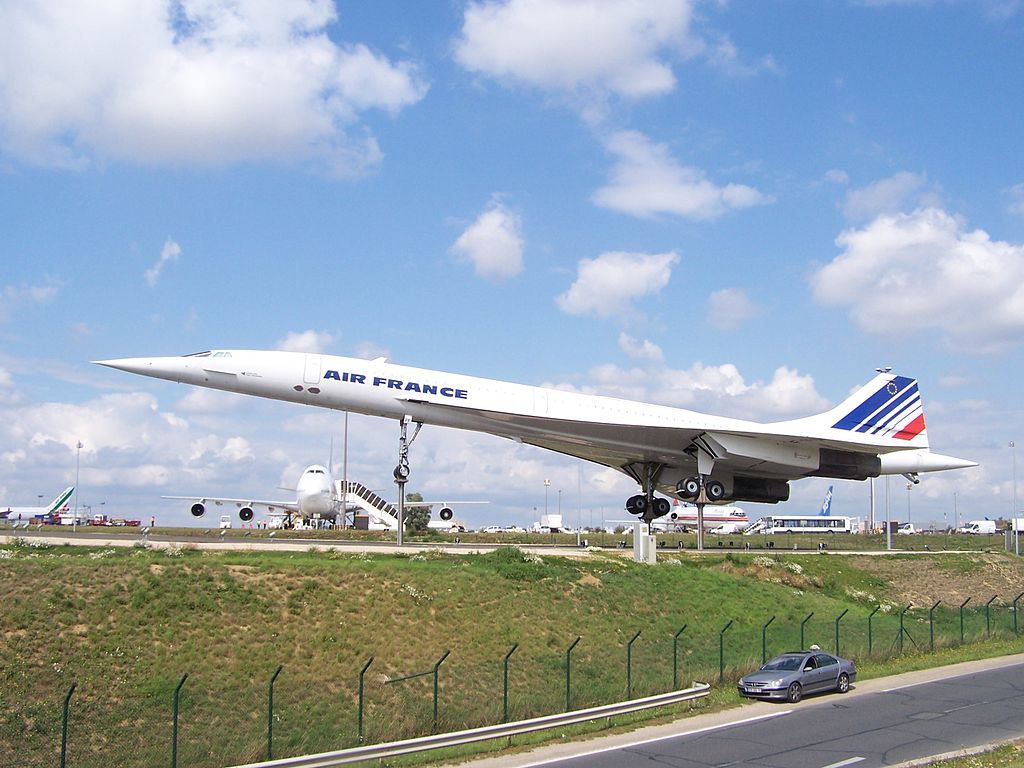
Story Highlights
- Historical event:
- 25 July 2000
- During the full 24 years, not a single Concorde had a fatal accident and it was considered one of the safest aircraft in the world. It was a remarkable achievement given that it was an aircraft flying at speeds of over Mach 2 (about 2,180 km/h) and the only western supersonic passenger aircraft (the Soviets had developed the competitive Tupolev Tu-144, but it was soon pulled out for safety reasons).
On this day, one of the worst aviation accidents in history happened and it largely determined the fate of supersonic flights in the upcoming decades.
Specifically, a supersonic Concorde aircraft crashed for the first and only time in history. Only 20 of these aircraft were ever built and they entered service in 1976. During the full 24 years, not a single Concorde had a fatal accident and it was considered one of the safest aircraft in the world.
It was a remarkable achievement given that it was an aircraft flying at speeds of over Mach 2 (about 2,180 km/h) and the only western supersonic passenger aircraft (the Soviets had developed competitive Tupolev Tu-144, but it was soon pulled out for safety reasons).
Concorde was able to transport hundreds of passengers across the ocean more than twice as fast as normal passenger aircraft. The end of its success story came on this day. Concorde Air France Flight 4590 took off from the Paris airport Charles de Gaulle.
A titanium alloy strip, which fell off the DC-10 aircraft that had departed only 5 minutes earlier, was left lying on the runway. This piece, only 43.5 centimeters long, punctured the Concorde’s tire, which then burst and hit the fuel tank on the underside of the wing.
The tire did not make a hole in the tank, but its impact has caused the pressure that ruptured the tank at the weakest point. Fuel began to leak and soon was ignited by electrical sparks. Since the plane had already surpassed the take-off speed, the crew had to take off, despite the fire.
The fire, however, caught the wing and both left engines lost power (the Concorde had four Rolls-Royce/Snecma Olympus 593 jet engines).
The crew could not get enough thrust with only two engines, and the plane climbed slowly. They tried to divert the plane to nearby Le Bourget Airport, but it was too late. Losing thrust, they crashed into the “Les Relais Bleus” hotel, not far from the runway in the Paris suburb of Gonesse.
All one hundred passengers and nine crew members were killed. Four men (two Poles, one Indian, and one Algerian) within the devastated hotel were also killed, and one person was seriously injured. Most of the 100 passengers were Germans, who were headed to New York to board a ship bound for a cruise to South America.
After the accident, all Concorde aircraft were grounded, and were retired from service in 2003. It is interesting that not one supersonic airliner flies today.




